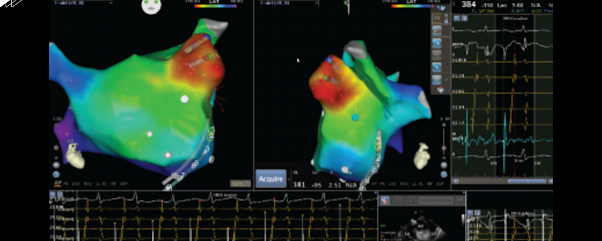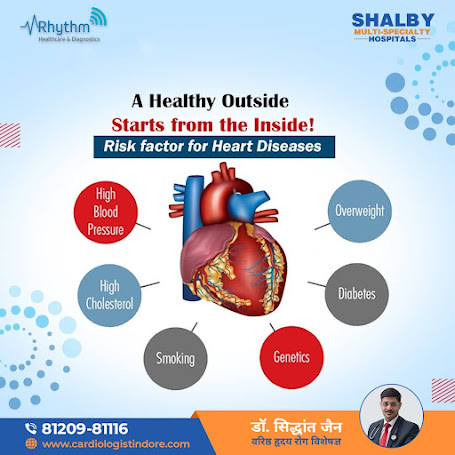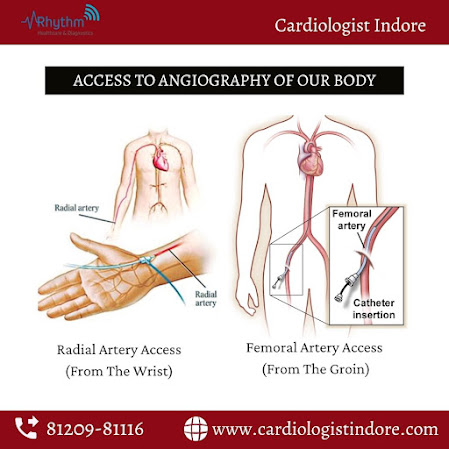
3D Mapping Arrhythmia Ablation Workshop Successfully Concluded at Shalby Hospital, Indore Adding another feather in the prestigious cap, cardiologists at Shalby Hospital , Indore did the state's first high definition 3D Mapping arrhythmia workshop. 3D mapping is a highly specialized form of treatment for arrhythmia or disorders of a heartbeat. A team of best cardiologists in Indore led by Dr. Siddhant Jain & Dr. Javed Parvez performed these procedures on six such patients. Dr. Siddhant Jain, Director of SICS informed the press that these patients were suffering from life-threatening diseases of heartbeat-like ventricular tachycardia, WPW Syndrome & PSVT. 3D Mapping is a non-surgical procedure where catheters are introduced into the heart to produce 3D images of the heart’s currents & the exact origin of the abnormal beat can be found out & treatment with radiofrequency ablation can then permanently cure these disorders. There is no need for...


